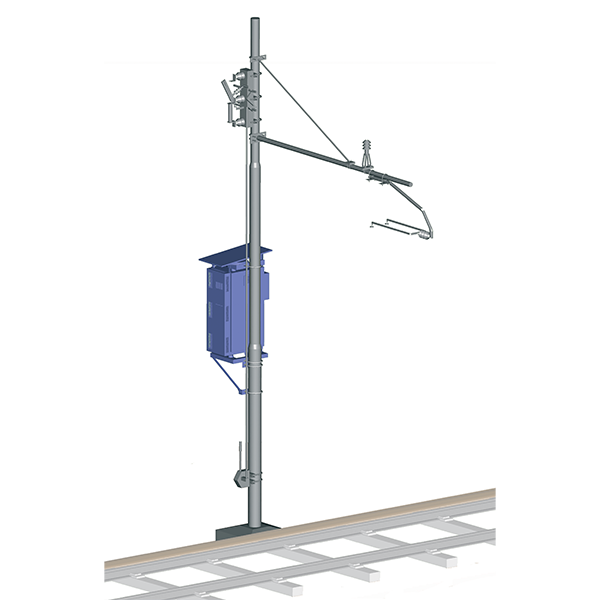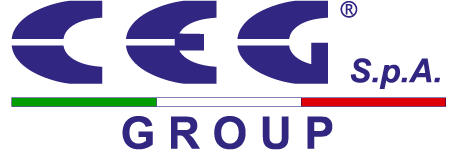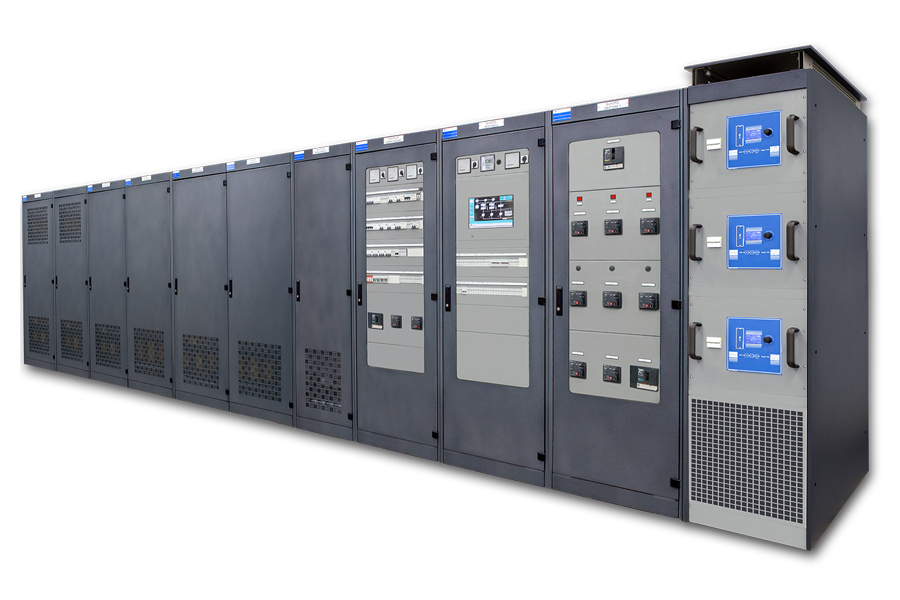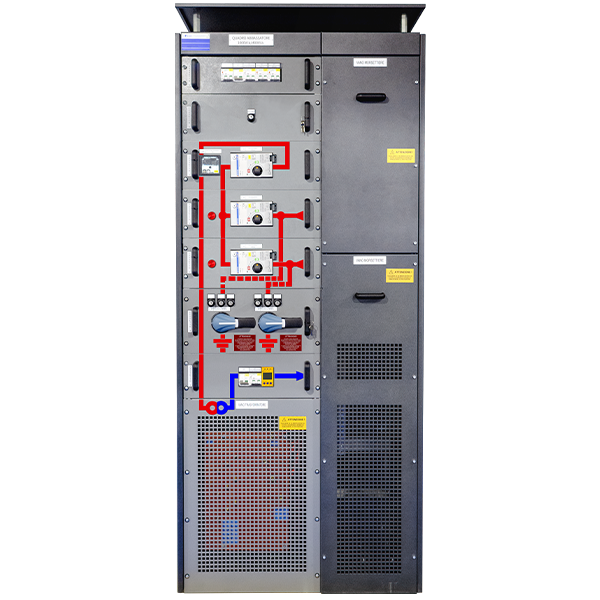Power systems with static converters allow the supply of energy in three-phase alternating current at 50Hz to equipment along the line, especially in all those cases where accessibility and / or space available are lacking.
This type of converter, which is usually installed directly on the poles (M or LS) that support the catenary itself, is made in compliance with the technical and construction characteristics in force, and also meets the requirements of the safety and good technique standards.
In particular, these converters have an isolated conversion stage that receives the overhead line voltage at the input, in this case 3.6kVcc, and returns a voltage that can be customized according to the needs, in this case, a 220Vac line and a line at 48Vdc.
The rated power of this product is about 3kW.
As can be seen from the figure, it is possible to implement various optional technical solutions such as the photovoltaic panel, the additional bank of batteries and the provision for powering from a mobile generator.
At a mechanical / structural level, the converter is enclosed within a stainless steel cabinet, which is supported by a load-bearing structure that concentrates the weight of the entire system in its lower part.
This part is adequately fixed to the body of the pole on which the converter is installed.
The above cabinet and an example of installation are shown in Fig. 1 and Fig. 2.
An integral part of the converter, even if technically outside the containment cabinet, is the disconnection system, consisting of disconnector, fuse and discharger. In fact, to allow the converter to be connected to the contact line, it is necessary to prepare the intermediate stage consisting of the disconnector.
Furthermore, this disconnector, which has the operation at man's height, it’s needed to allow the switch off of the converter, so as to be able to carry out any maintenance and / or repair work.


 English
English  Italiano
Italiano  Russian
Russian 















